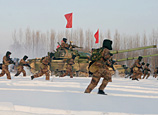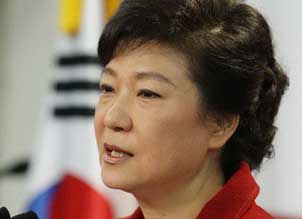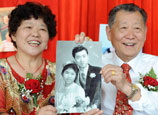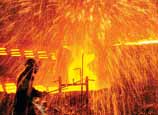
By the end of World War II, Germany pioneered the use of ejection seats as the rescue tools for military pilots. The ejection technology was first introduced to the military airplanes in the middle of the last century, and has gone through four stages of development so far.
The first-generation ejection seat: the seats at this stage are ballistic, which were mainly used to separate pilots in an emergency from airplanes flying at a high speed. Examples included the seats on the British MK1, MK5, and the Soviet Union MiG-15, MiG-17.
The second-generation ejection seat: the seats at this stage are rocket-powered, characterized by the use of rocket for the second order propulsion. After propelled out of the cabin by the first order propulsion, the seat/occupant system would go even higher with the propulsion from the rocket, providing an approach to the ejection escape at zero height - zero speed, allowing ejection at a higher speed of 1,100 kilometers per hour.
The third-generation ejection seat: it is a polymorphic stage of development, characterized by the use of velocity sensors (electronic/mechanical) allowing the escape procedures to execute different modes in response to the flying speed at the time of emergency ejection. Most of the planes in service overseas are equipped with the third-generation seats.
The fourth-generation ejection seat: its main feature is to use the key technologies of controllable thrust and flight control to exercise control over the attitude after the escape of seat/occupant system.
China’s self-developed third-generation ejection seats have been put into service. While being equipped with electronic and mechanical controllers for control of polymorphic procedures, it is able to determine delays based on the speed and height of ejection escape, and control the timing of ejecting the escape parachute and separating the seat from the occupant, thereby improving the probability of survival in the event of low altitude, low and middle speed and adverse attitude. Research on the next-generation ejection technologies is ongoing.
Read the Chinese version: 我国自行研制的第三代弹射座椅已大量装机服役, source: China Aviation News, author: Su Bingjun















 Bone-chilling cold, but lots of fun!
Bone-chilling cold, but lots of fun!


![]()
